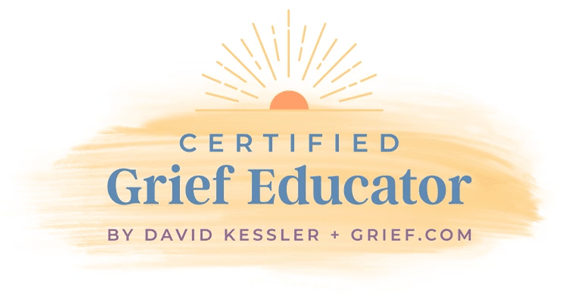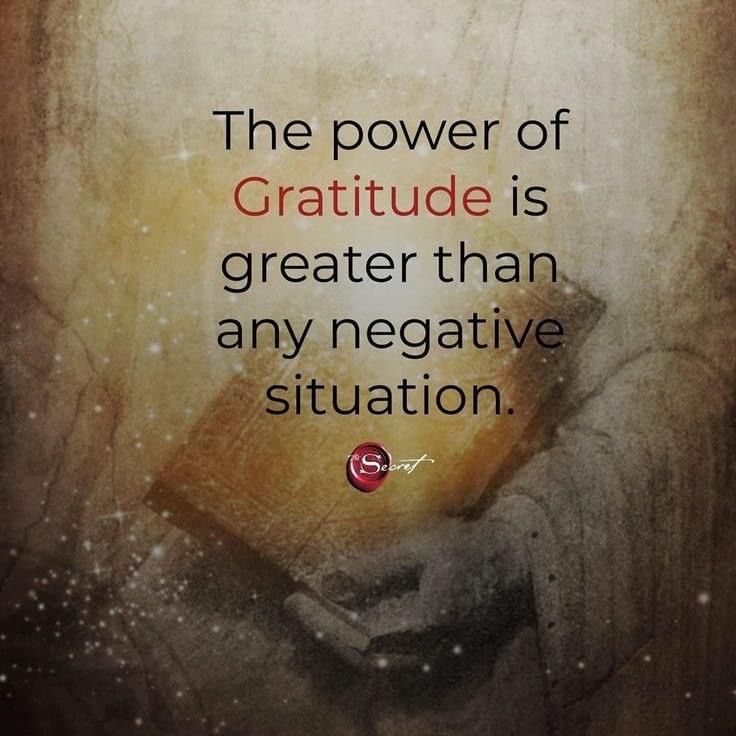
Grief and Loss Coaching
“I will walk with you through your grief.” -Dr. Erika L. Epps
To Heal You Have to Feel
As we live this life, everyone will experience grief and loss along life’s journey. Grief can feel like a hodge podge of emotions like sadness, guilt, anger, denial to name a few, which can be overwhelming and at times even paralyzing. Grief coaching provides emotional support in a nonjudgmental safe space to process one’s grief. Moreover, to help individuals understand grief does not have a set timeframe; there is no right or wrong way to grieve, and in order to heal; you have to feel. You cannot heal what you are unwilling to feel. Additionally during grief coaching individuals will learn about the different types of grief, the six stages of loss and grief, the six things someone’s grieving needs to experience, and healthy ways to self-care. More importantly, you will have your grief witnessed and freedom to dialogue, reflect, and release your feelings.
“In the end, as we as human beings mourn, we must discover meaning to go on living our tomorrows.” -Alan D. Wolfelt, 2005

Types of Grief

Delayed
Grief that we don’t feel in the moment because it’s not safe or we’re in survival mode.
Disenfranchised
Any grief we judge or minimize.
Complicated
When painful emotions of loss don’t improve with time and are so severe that you have trouble resuming and or creating your life.
Ambiguous
Grief that’s hard to see.
Inconclusive
There is no body to grieve. There is hope. It breeds conspiracy theories
Collective and Public
When we grieve as a group an event or public figure.
Masked
Grief that is presenting in another way and the resulting feeling is actually a response to grief.
Anticipatory
The grief that comes before death.
Cumulative
When someone experiences multiple losses during a short period and or unattended grief that builds up.
Secondary Loss
The other losses that accompany grief in addition to the primary emotional response.
Traumatic
Combines trauma with bereavement or grief responses.

The 5 Stages of Loss and Grief
The stages of mourning and grief are universal and are experienced by people from all walks of life. Mourning occurs in response to an individual’s terminal illness, the loss of a close relationship, or the death of a valued being, human or animal. There are five stages of normal grief that Elisabeth Kübler-Ross first proposed in her 1969 book “On Death and Dying.”
In our bereavement, we spend different lengths of time working through each step and expressing each stage with different intensity levels. The five stages do not necessarily occur in any specific order. We often move between stages before achieving a more peaceful acceptance of death. Many of us are not afforded the luxury of time required to achieve this final stage of grief.
The death of your loved one might inspire you to evaluate your feelings of mortality. A common thread of hope emerges throughout each stage: As long as there is life, there is hope. As long as there is hope, there is life.
Many people do not experience the stages in the order listed here, which is okay. The key to understanding the stages is not to feel like you must go through every one of them in precise order. Instead, it’s more helpful to look at them as guides in the grieving process - it helps you understand and put into context where you are.
All keep in mind - all people grieve differently. Some people will wear their emotions on their sleeves and be outwardly emotional. Others will experience their grief more internally and may not cry. It would be best if you tried not to judge how a person experiences their grief, as each person will experience it differently.
You can find the original source for this information here.
Need Assistance or Have Questions?
Please contact us to schedule an appointment today. Please fill out the form below and we will be in touch to schedule your visit.